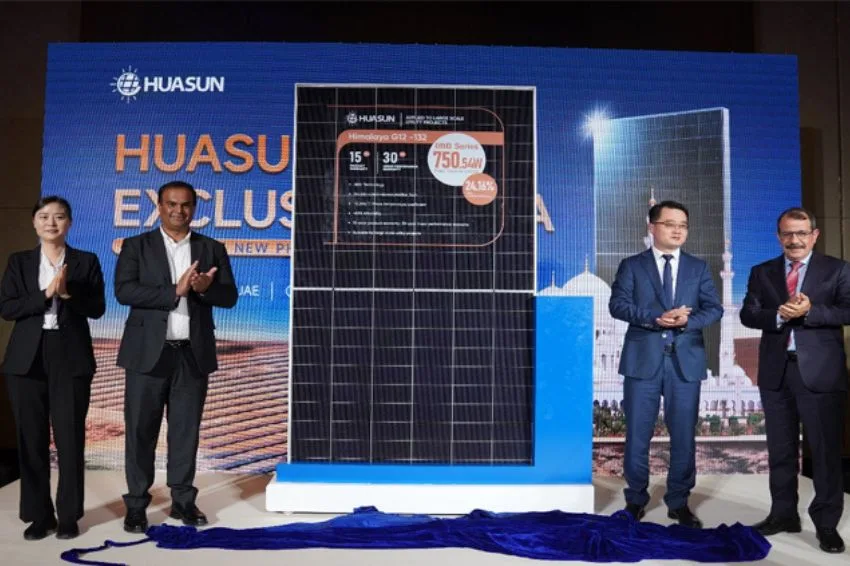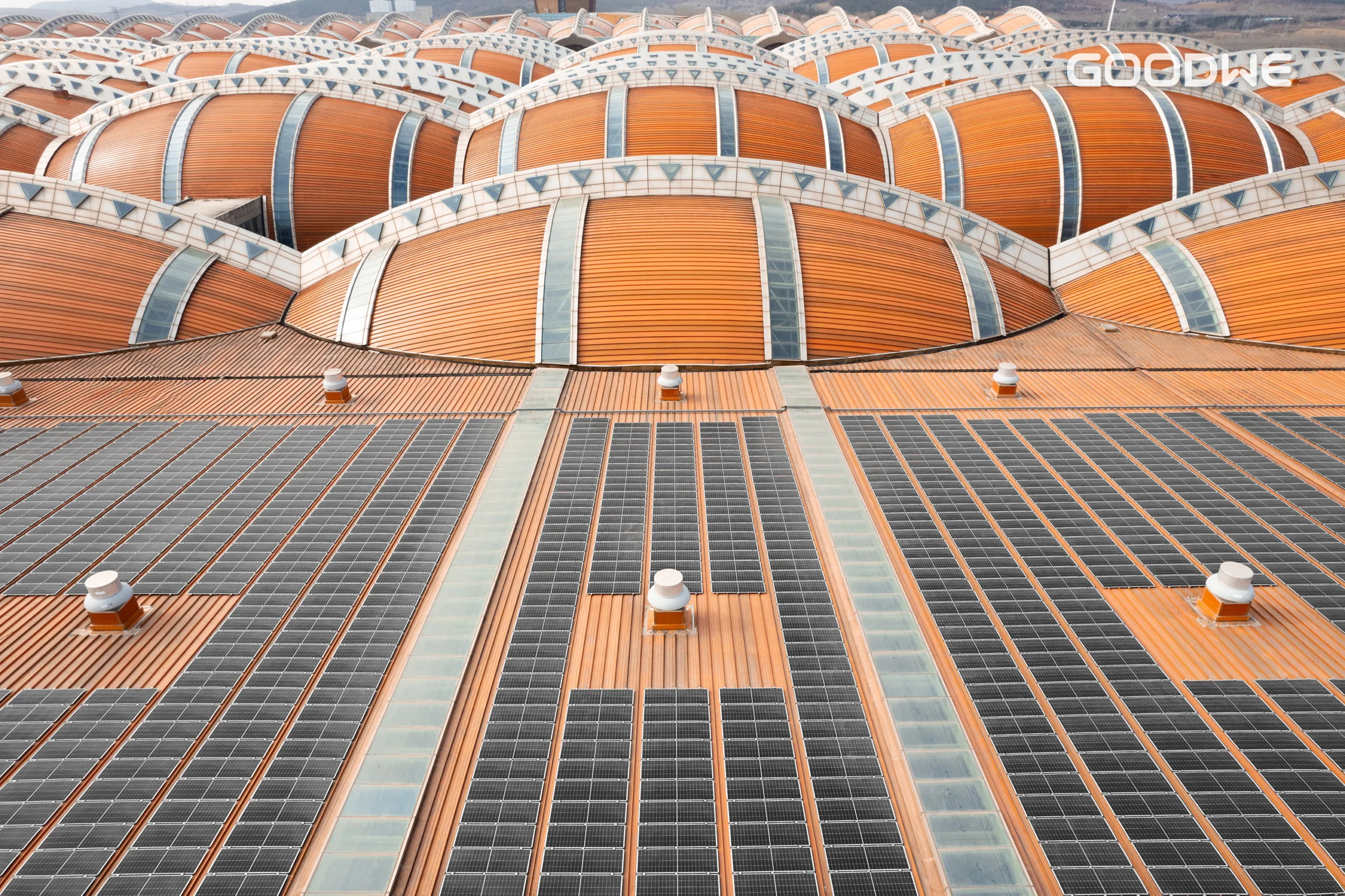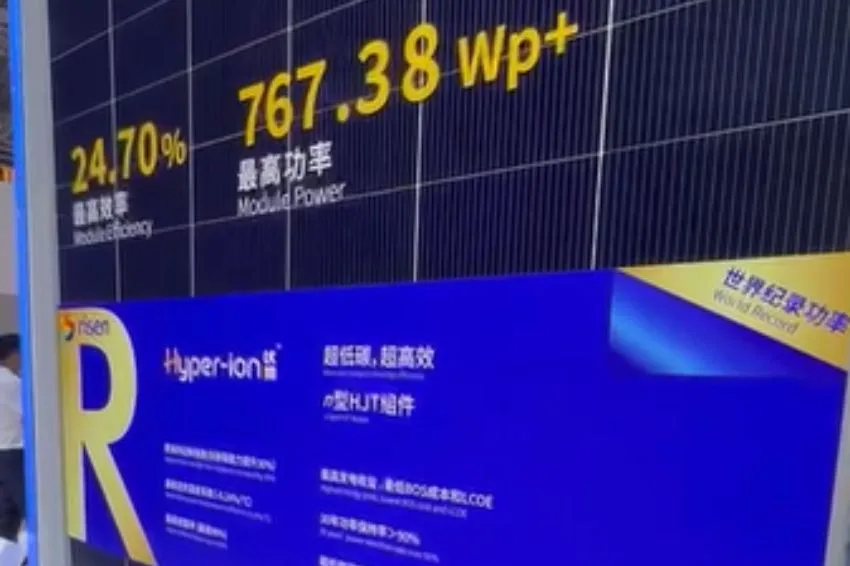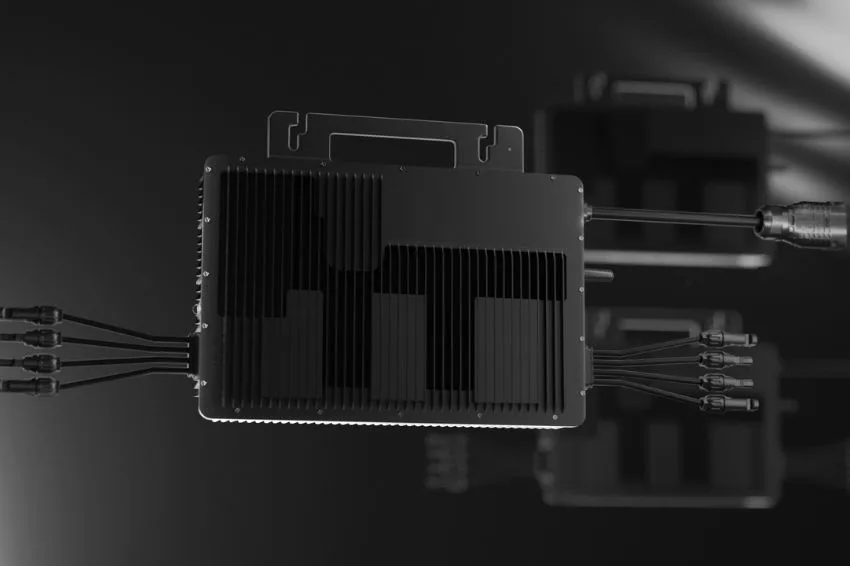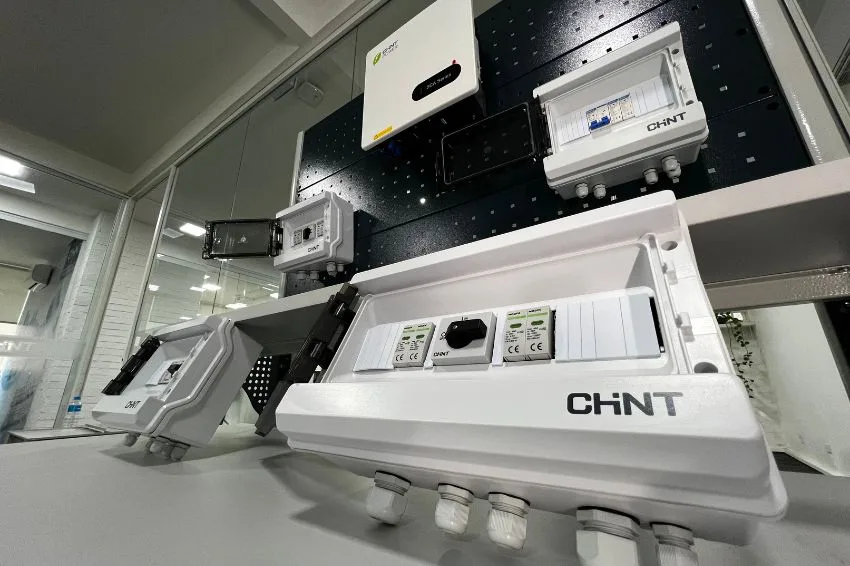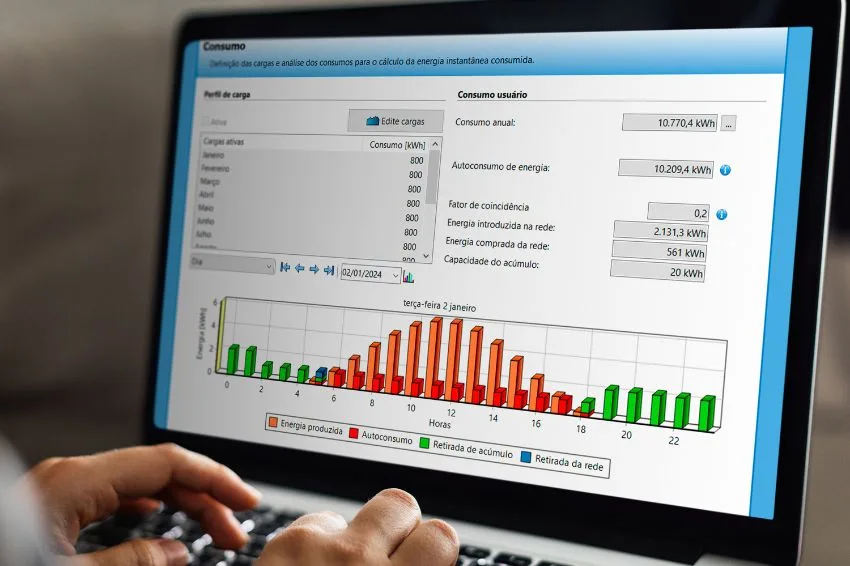As the N-type technology has been consolidating in the solar industry, heterojunction technology (HJT) has shown notable advances in recent years.
According to projections from Solarbe, a research and insights institute on the photovoltaic production chain, more than 60 GW of HJT production capacity will be operational by the end of 2024.
It is in this context that the manufacturer of photovoltaic modules Huasun presented its latest innovation in HJT modules high efficiency, highlighting the zero busbar technology (0BB).
“This innovation enables higher conversion efficiency, improved reliability and a lower levelized cost of electricity (LCOE) for PV projects, further consolidating Huasun’s position as an innovator in HJT technology R&D,” the company highlighted in a statement to press.
According to the manufacturer, this launch was integrated into Huasun's mass production lines, including the Himalaya G12 series and the rectangular series Everest G12R.
The company also reported that, taking advantage of innovative improvements in assembly processes, the electrical, optical and temperature coefficient performance of its HJT modules was significantly improved, increasing the competitiveness of its products in the photovoltaic market.
As zero busbar technology moves toward industrialization, there are variations among companies regarding specific implementation methods.
Huasun reported that its approach mainly involves welding and dispensing, incorporating advantages such as greater grip, greater resistance to hot spots, for example.
“Huasun’s zero busbar modules utilize welding on the front layer, which offers benefits including reliable welding, reduced contact resistance, higher hot spot resistance, lower hot spot temperature and higher module reliability. Furthermore, the design reduces the metal covering on the back, expanding the light receiving area and achieving a bifaciality of up to 90%,” he emphasized. Christian Comes, director of Business Development at Huasun for the Europe.
The manufacturer highlighted that zero busbar technology supports the trend towards thinner silicon wafers, providing greater reliability without mains, thinner ribbons, minimal stress and lower fragmentation rates.
For Comes, this advancement translates into more reliable products for car owners. photovoltaic projects in utilities, commercial and industrial (C&I) and residential roofs.
“The successful mass production of products HJT G12+0BB and G12+R+0BB represents another milestone for Huasun in its quest to reduce costs and increase efficiency. Committed to advancing the industrialization of HJT technology, Huasun will continue to promote the widespread adoption of 0BB high-efficiency modules, contributing to the global development of clean energy,” concluded Comes.
All content on Canal Solar is protected by copyright law, and partial or total reproduction of this site in any medium is expressly prohibited. If you are interested in collaborating or reusing some of our material, we ask that you contact us via email: [email protected].


